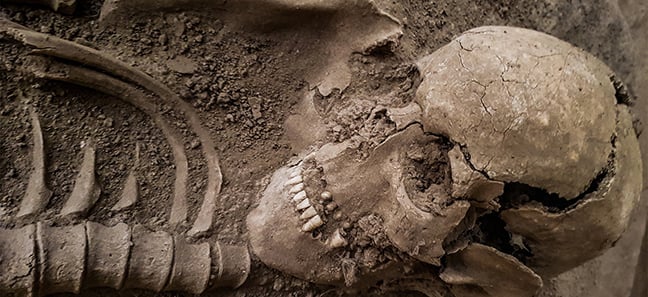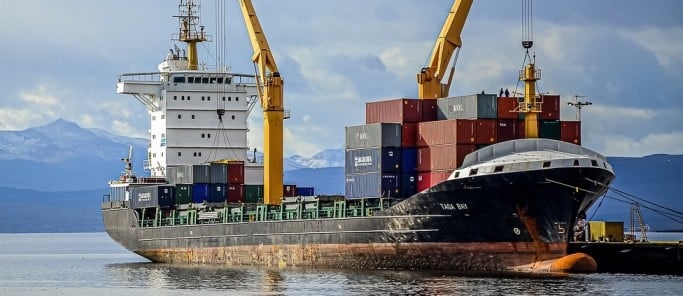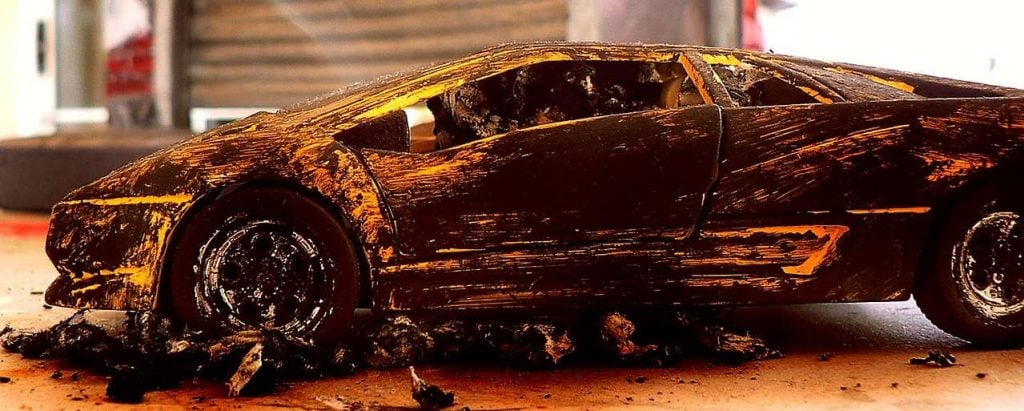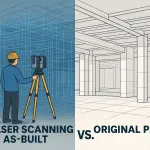Piecing together information in a non-invasive way
3D laser scanning equipment has changed our world in unique ways. They have helped many researchers create new products sustainably, preserve original pieces, update safety features on equipment, and use it in anthropology. 3D laser scanning can be used to fill in gaps and holes, making it perfect for someone who studied human bones and any other artifacts.
It can help piece together the missing information without damaging an artifact or brittle bones. In the past, there have been many ways forensic anthropologists have tried to do this. Some methods have been successful, but nothing has come close to a 3D laser scanning device’s abilities. It has truly changed the way they can piece back together bone pieces.
There are many benefits of 3D laser scanning, and many researchers and museums have started using this equipment. A few other ways a researcher can recreate bones, and other artifacts include things like:
3D Photogrammetry- This is a way that researchers take 3D information from photographs.
X-rays- This photo shows shades of black and white depending on how much the tissue of the bones absorbs. This can help them see any holes or missing information.
Micro CTs- This is an X-ray machine that is in 3D rather than 2D.
3D Imaging- It is a way to create more depth and gaining insight through images.
Gujarat Forensic Science University used NextEngine 3D laser scanners to take skulls and fill in the holes. They are were able to scan the entire skull, find the missing pieces non-destructively. They were able to use it for surface reproduction.
Researchers would be able to use this repurposed skull for in-depth research, and it would not harm the skull. They can create a full skull by scanning the good side or the intact side and mirroring the editing system’s image.
The benefits of 3D laser scanning
There are so many benefits of 3D laser scanning, the biggest one being it is totally noninvasive. This means it will not crack or break any further, there will be no extra damage. This is because 3D laser scanning uses photographs and lasers to gather information, there is no additional handling.
It is more precise than most other ways. It collects information like holes, scratches, dents that are easily missed, and more. It then uploads it to s system that allows a user to see clearly, zoom in and out, and then mirror the good sides.
Once it is completely edited, the user can fill in the holes, 3D print, or create a virtual reality with it. This is such an accurate way to fix skeletons it could hold up in court, or to give to students to research.
Final thoughts
3D laser scanning has shaped our world and let us study items in greater detail. It can be used in court to put bad guys away. This technology can tell what roads need to be repaired first, which roads have the most holes. 3D laser scanning is changing our lives, and we will continue to use it to make our lives better.







